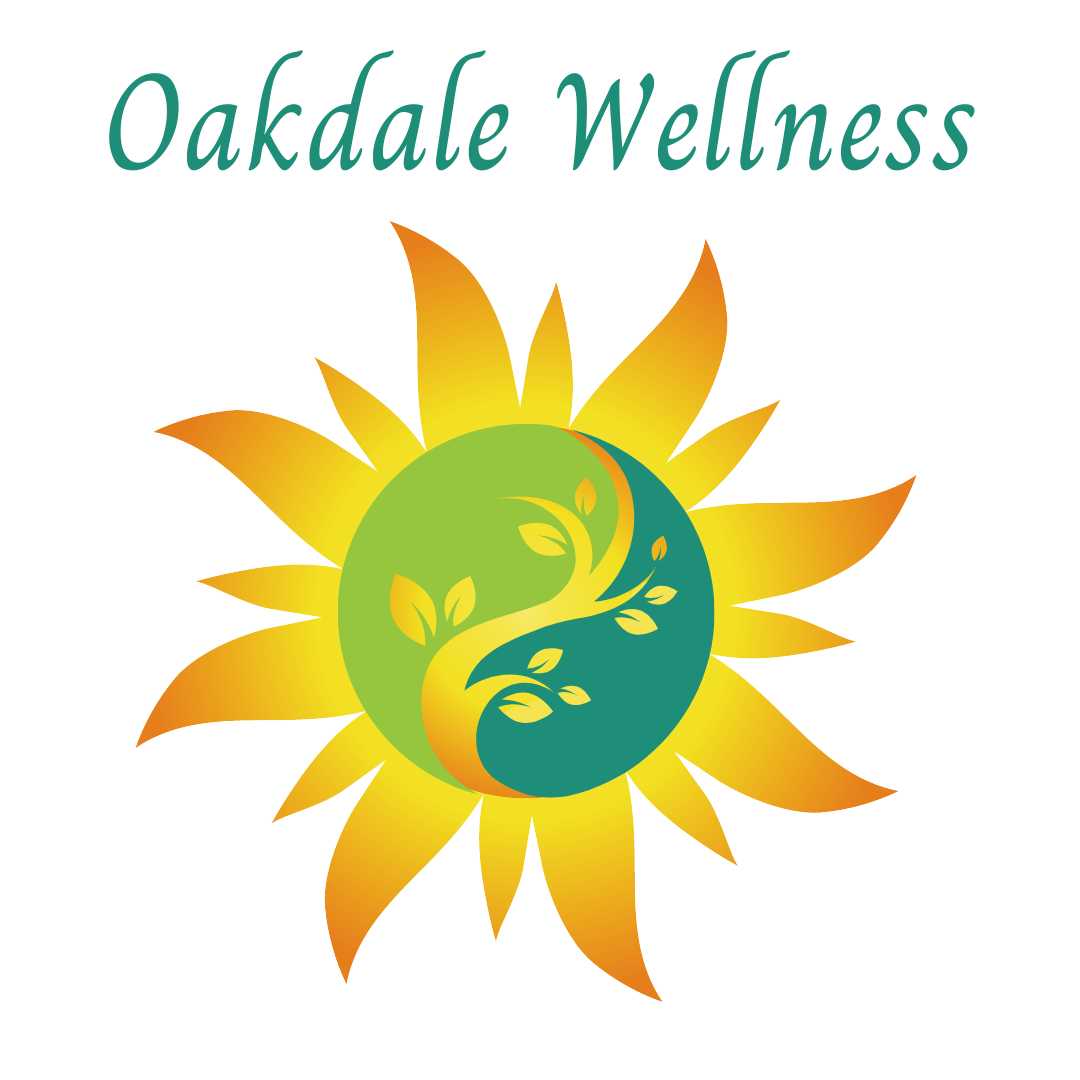Spring Garden Hazards For Fido
Is My Dog Safe In My Garden?
Many spring flowers are poisonous for our furry friends.
Even more toxic than flowers and leaves of spring-blooming plants are the bulbs, corms, and rhizomes under the soil surface. In addition, if indigested whole, a bulb can block the gastrointestinal tract, requiring surgery.
Contact Dermatitis
Contact dermatitis occurs with daffodils, hysacinths, and tulips with sap that contains contact allergen. In addition, daffodil and hyacinth sap hold needlelike crystals that cause contact dermatitis through mechanical irritation.
Vomiting
Vomiting, drooling, and diarrhea occur after ingestion of; daffodils, hyacinth, tulips, crocuses, gladiolas, irises, and snowdrops. More severe gastrointestinal problems occur after ingestion of the bulbs, corms, or rhizomes.
Heart Trouble
Heart trouble, including abnormal heart rhythm, develops if a dog consumes large quantities of daffoldils, hyscinths or tulips.
Tremors
Tremors, seizures, and other types of neurotoxicity occur after ingestion of daffodils in large amounts. Daffodils, have even caused cattle and human deaths.
Don’t plant lily of the valley in their place, as ingestion can cause vomiting, diarrhea, abnormal heart rhythms, seizures, collapse, coma, and death in dogs. Every part of the plant is toxic, although the rhizomes are most poisonous.
Puppies
Puppies explore the world by putting things in their mouth, so protect your pup by walking them on a leash until they’re an adult, or you are sure they will not eat your spring plants. If they do and get sick, rush them to a veterinarian.
Fertilizers and Pesticides
Fertilizers containing blood meal, bone meal, feather meal or iron can be tasty for dogs and particularly dangerous. Ingestion of large amounts of meal containing products can form concretions in the stomach resulting in obstruction and severe pancreatitis. Those containing iron can lead to iron poisoning causing vomiting, bloody diarrhea, lethargy, abdominal pain, shock, tremors, and potential cardiac and liver effects. Consider using natural fertilizers available many garden supply stores or local farms. Ingestion of pesticides or insecticides containing organophosphates can be life threatening even in small amounts.
Mulch
Cocoa mulch is made from the discarded shells and hulls of the cocoa bean. Its chocolate like smell can be particularly attractive to dogs. Like chocolate, this mulch contains theobromine and caffeine. The amount of toxin present can vary from product to product. Symptoms of toxicity include vomiting, diarrhea, hyperactivity, abnormal heart rhythm, seizures and in extreme cases, death. Keep pets safe by closely supervising them or using safer alternatives to cocoa mulch. They include rubber mulch, cedar mulch, leaves, pine needles or untreated wood chips. While these are safer alternatives, please remember these can still be ingested and cause an obstruction.
Compost
Gardeners love compost for its nutrient value and many have their own pile. Compost can be toxic to pets and wildlife and should always be fenced off. As organic matter decomposes in the compost pile, molds can grow. These molds can produce tremorgenic mycotoxins. When ingested symptoms can occur within 30 minutes and include agitation, panting, drooling, vomiting, tremors, and seizures. With supportive care the prognosis is good.
Citronella candles
Ingestion of citronella candles, used to deter mosquitos, can cause gastrointestinal inflammation including vomiting and diarrhea.
***If you think your pet has ingested a toxic substance, contact your veterinarian for advice and treatment. Additionally, you can contact the ASPCA Hotline at 1-888-426-4435 or the Pet Poison Hotline at 1-800-213-6680.









